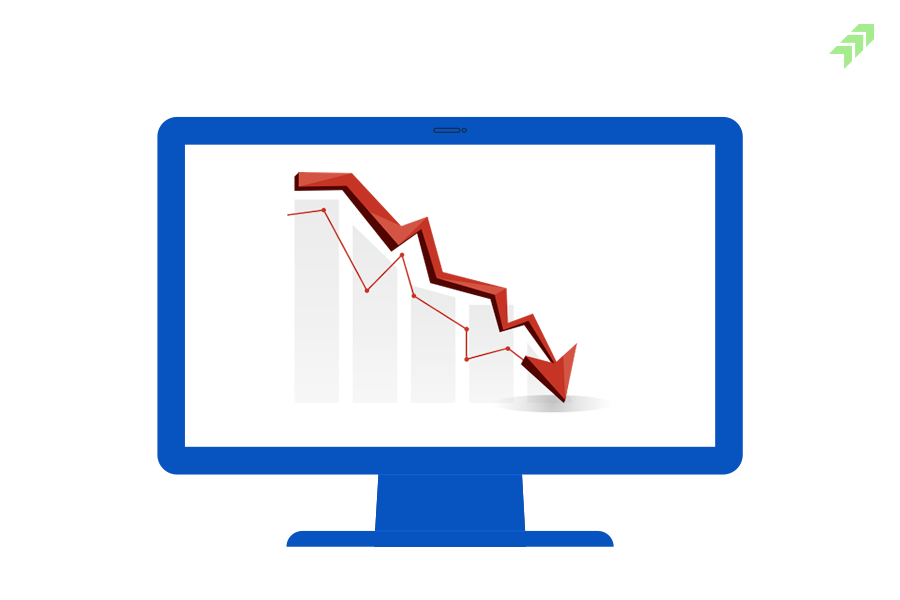Markets across the world were rallying irrationally, and it needed some news and time to spook the market and remove some froth and therefore bring valuation aligned to long-term values. Indian market valuations are currently garnering the highest premium in the emerging market universe. So in order for the market to make a new all-time high, it needs to give up some gain, stabilize, and wait for some time before the stage is set for an up move again. Long-term trend remains bullish as fundamental remains intact, but near-term concerns like unwinding of yen carry trade, the slowdown in western economies, and rising geopolitical tensions in the Middle East seem to be the news that the market was looking for correcting itself. After hitting an all-time high around August 1st, the sentiment has since remained negative. Yesterday, August 5th, the benchmark indices made a massive gap-down opening of around 1.9% and continued the negative momentum. At closing, Sensex was down 2,222.55 points, or 2.74 percent, and the Nifty was down 662.10 points, or 2.68 percent. After a steep fall, the relief rally was seen in today’s session, but that too has been wiped off by the bears. Going forward, we would be discussing what’s pressuring negative sentiment in the market.
Carry trade is an immensely popular strategy where investors borrow funds at low interest rates from countries like Japan and reinvest them in higher-yielding assets for netting higher rate of return. This strategy has been significant profitable till the time rates were negative to zero. But in March of this year, the Bank of Japan raised its benchmark interest rate to 0-0.1% and recently increased its interest rate to 0.25%; as a result, the central bank ended its ultra-loose monetary policy after 17 years. The Japanese government intervened in the currency market with $36.8 billion to support the yen, which had plummeted to a 38-year low against the US dollar, which strengthened the yen by 12% from 162 to 142 against the dollar. This has led to massive capitulation of carry trade positions, with analysts pointing out that selling pressure from investors seeking to repay their debt in the Yen has dragged US equities lower.
Another negative news come from USA over mounting recession fears. After the July FOMC meeting where the governor maintained the status quo and open possibility on September rate cut. The market rallied on rate cut news but the following day, market experiencing a sell-off after release of unemployment number, as fear about a slowing U.S. economy worsens. Weekly jobless claims has been rising with the unemployment rate rising to 4.3%and manufacturing growth contracting more than expected. This has sparked fears over a possible recession and apprehensions that the Federal Reserve could be too late in cutting interest rates. Many market participants were hoping for rate cut in July meeting but now as per CME Fed watch, the market is expecting 50 bp in rate cut in September meeting.
Rising tensions in the Middle East are also another factor adding negative sentiment to the market. Recently Israel killed Hamas political chief Ismail Haniyeh, which has unearthed regional conflict and a confrontation between Israel and Iran. Iran has threatened to take revenge for Israel’s killing, leading to fears of an imminent war between countries. Sustained Middle East tensions could impact India’s imports and exports. The Suez Canal route is at an important choke point, which enables 35–40% of India’s trade with European countries, North Africa, and North and South America. Because of attacks in the Red Sea, Indian exporters are taking longer routes (the Cape of Good Hope route) to Europe. Meanwhile, freight rates have also increased due to insurance costs compounded by the longer route, increasing the turnaround time by around 14 days. Over all, sentiments seem to be shattered and deviated, and we might see 23500 in a short span of time.

















